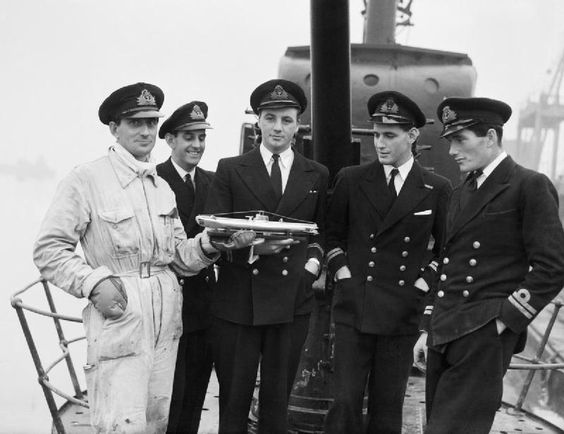World War II was fought on battlefields across the globe, with staggering numbers of casualties amassing on all sides. But under the cloak of darkness, shadowy secret services controlled some of the most important outcomes of the war. As large-scale operations like amphibious landings became the game-changing element of this conflict, the use of intelligence proved to be vital. Cyphered messages were cracked on a daily basis and the game became more and more complex. In order to confuse the enemy, the Allies sometimes reached for the most incredible ideas.
One of the less known, but extremely important endeavors of the war was Operation Mincemeat. In the wake of the Allied landings in Sicily, which lead to the capitulation of Fascist Italy in 1943, the British secret service offered its support by initiating Operation Barkley.
While the landings in Sicily were codenamed Operation Husky, Operation Barkley was the intelligence operation which would convince the Germans that the landings were going to take place in Crete and Sardinia, rather than in Sicily. Sicily, of course, was the obvious choice; in words of Winston Churchill himself: “Everyone but a bloody fool would know that it’s Sicily.”
So it became a primary objective of the MI5 to somehow dissuade the Germans that the Allied attack would come at the obvious point. German military intelligence, the Abwehr, was often suspicious of planted information ― so suspicious that when they examined a crashed aircraft which contained real documents in 1942, they dismissed the account as false. The documents contained information on General Eisenhower’s visit to the Gibraltar that was scheduled for November, 4th, 1942 and it was pure luck that the data didn’t leak. The Spanish authorities eventually returned the bodies to Britain, with documents still in the envelope.
German military intelligence, the Abwehr, was often suspicious of planted information ― so suspicious that when they examined a crashed aircraft which contained real documents in 1942, they dismissed the account as false. The documents contained information on General Eisenhower’s visit to the Gibraltar that was scheduled for November, 4th, 1942 and it was pure luck that the data didn’t leak. The Spanish authorities eventually returned the bodies to Britain, with documents still in the envelope.
Inspired by this fortunate event, the Allies came up with a plan of delivering a dead body off the coast of Spain. Spain, under the fascist dictator, Francisco Franco, and despite its nominal military neutrality, was more than eager to share intelligence data with the Germans.
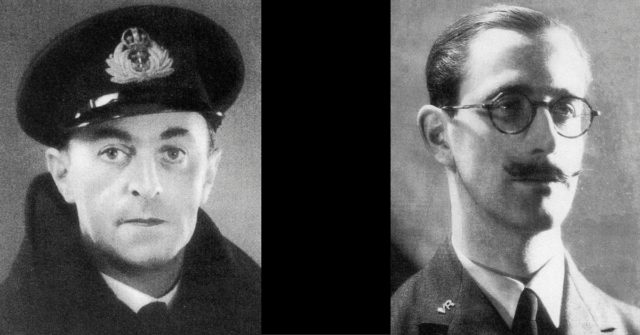
As part of Operation Barkley, Operation Mincemeat was in effect. Under the guidance of First Lieutenant Charles Cholmondeley and Lieutenant Commander Ewen Montagu, the idea was developed in the chambers of the Twenty Committee, which was the codename of the British counter-intelligence service. It was later confirmed that the author of the James Bond novels, Ian Flemming, was also part of this operation, as a counter-intelligence agent.
With the help of an expert pathologist, they went through a selection of corpses, since the imaginary officer that would be washed ashore needed to seem as realistic as possible. They needed a body of a man that would appear to have died from drowning or hypothermia, as the plan was to create a plane crash scenario that happened over the sea. However, finding a usable body seemed almost impossible, as indiscreet inquiries would cause talk, and it was impossible to tell a dead man’s next of kin what the body was wanted for.
Dwelling in the morgues of England, the two operatives in charge found a body of a 34-year old Welshman called Glyndwr Michael. The man was an alcoholic who had lost both of his parents. His death was attributed to rat poisoning, and it was determined that he had taken his own life. The body of Glyndwr Michael served as a basis of the plot. A false identity was constructed. He was given the name William Martins, a Major in the Royal Marines.
The rank, the name, and the military branch all fitted nicely into a profile of a man who was high-ranking enough to be trusted with documents, but low enough to be completely unknown to the enemy. “Major Martin” was very common in the British Army, as there were several men with the same name and rank as the fictional officer. Since the Navy uniforms were tailored, Montagu and Cholmondeley decided to go with the Royal Marines, for it was easier to procure a simple battledress, than to risk employing a tailor into the top secret mission. A piece of clever planning was certainly the fact that the alleged Major Martin was a Roman-Catholic from Wales. It was hoped that Spain, a predominantly Catholic country, would respect the dead by avoiding an autopsy.
“Major Martin” was even given a fiancee called Pam. Her picture was planted into his pocket. “Pam” was actually an MI5 clerk named Nancy Jean Leslie. Two love letters were also attached to the corpse.
The body was placed in a steel canister with dry ice to stop decomposition. It was then loaded on a submarine, fitted with a life jacket and laid in the water in the early morning of the 30th of April, 1943. The submarine captain read a passage from the Psalm 39. He did this on his own initiative; there were no orders to honor the body in this way.
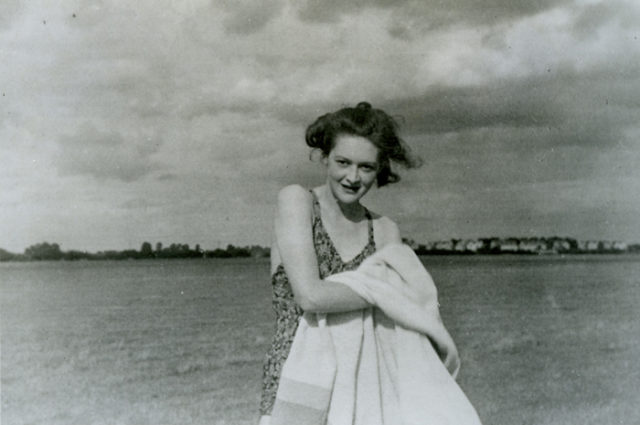
As was predicted, the body was found the same day, by a fisherman near the town of Huelva. The body was then reported to the German consulate and the documents were seized. Since “Major Martin” wore a silver crucifix and a St. Christopher’s plaque, he was immediately recognized as Catholic by the Spanish authorities. Thus, a mere examination was conducted, which concluded that the cause of death was drowning and that the body had been at sea for three or five days. Since the Spanish pathologist confirmed the authenticity of the corpse, there was no further inquiry about whether or not the documents on the body were planted.
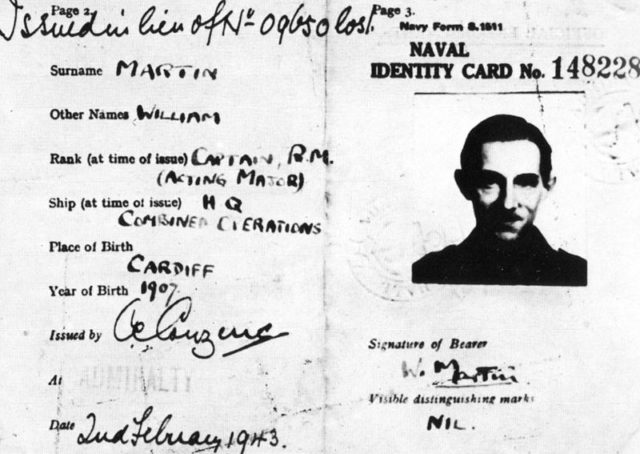
The documents were very convincing. They mentioned a variety of common topics, such as medal recommendations and the changing of commanding officers for existing units. They also stated very clearly that the invasion was going to take place predominantly in Crete, with a secondary invasion on the island of Sardinia. The report also mentioned that the Allies wanted to convince the Germans that the landings were to be carried out in Sicily, so they would leave Crete and Sardinia unguarded. This was the crowning success ― convincing the enemy to abandon the most logical position in a pursuit of the alternative options by saying: “Even we aren’t stupid enough to land in Sicily!”
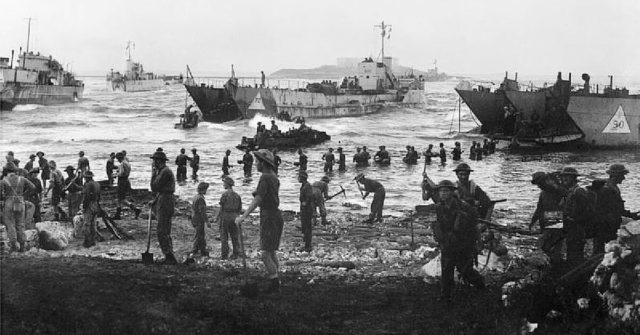
Operation Husky was a success. Looking back, it was obvious that the Germans had been duped. The long-term success of Operation Mincemeat was reflected later during Operations Overlord and Market Garden, when some captured documents which were genuine were immediately dismissed as plants.
